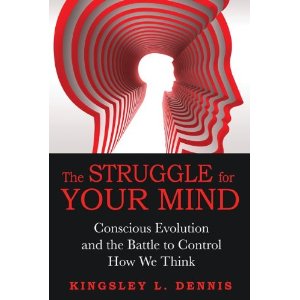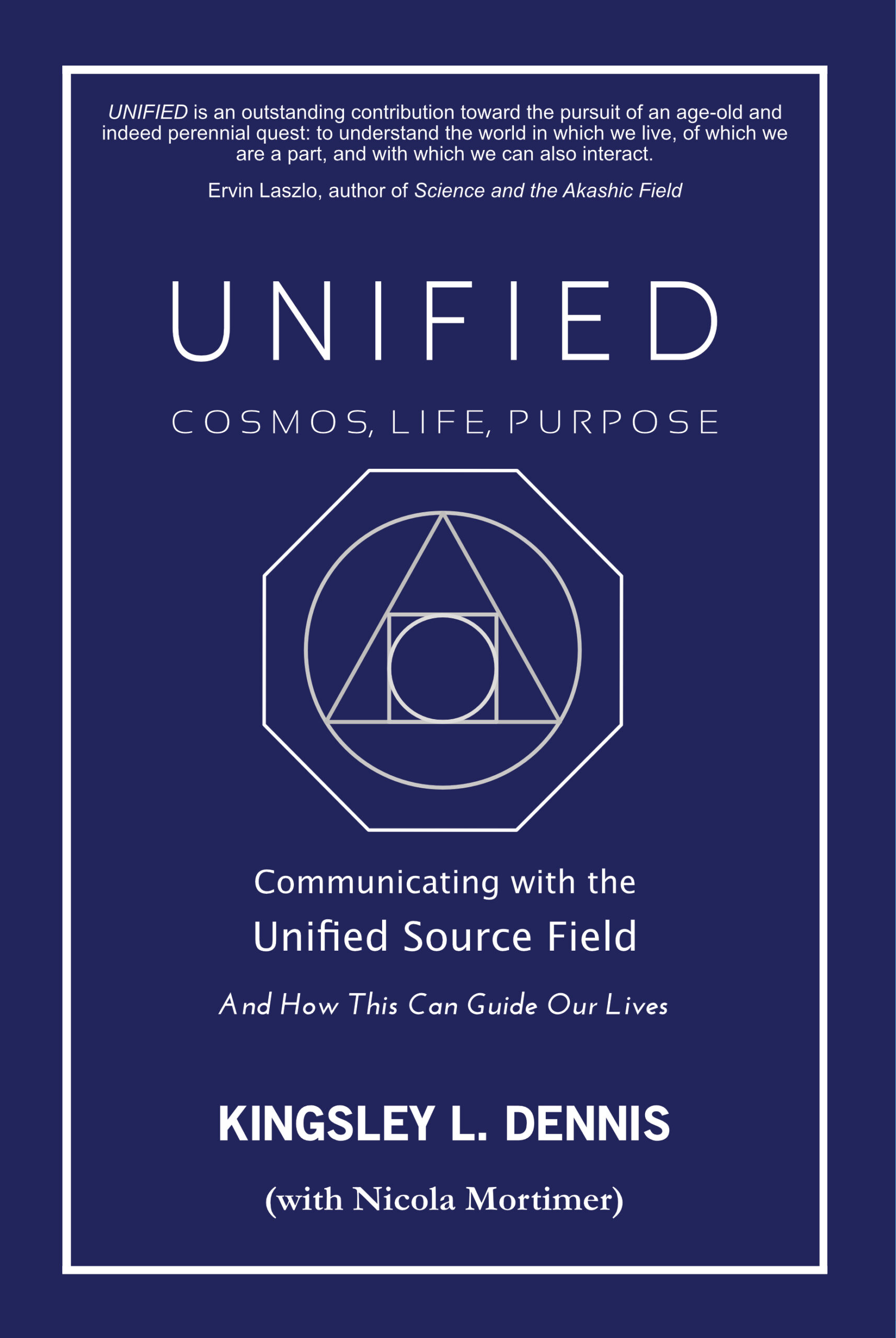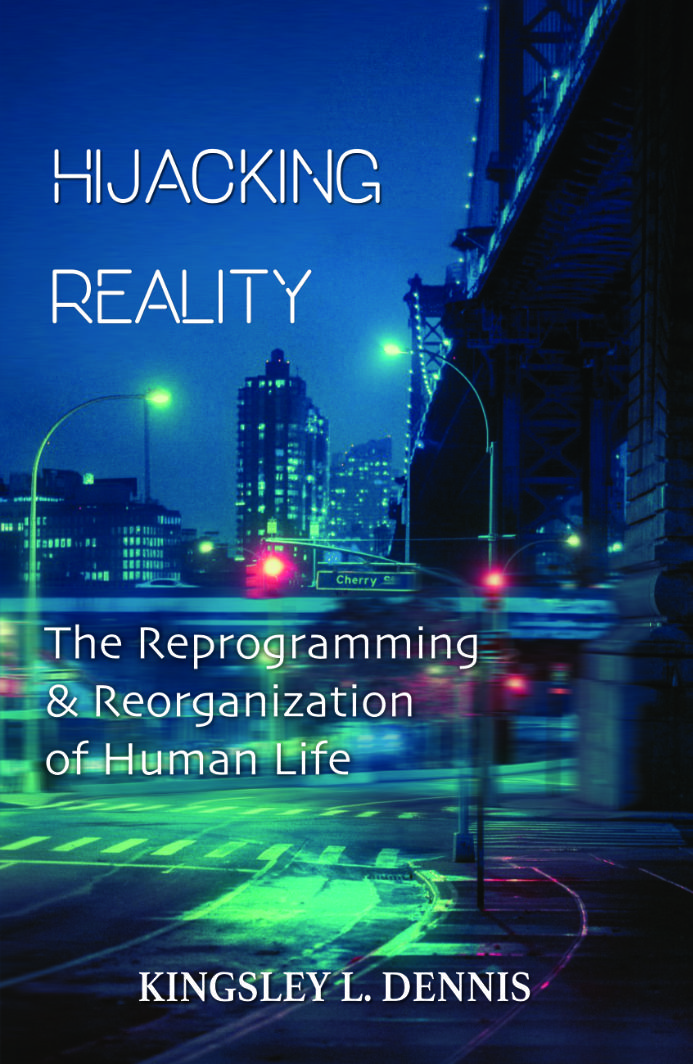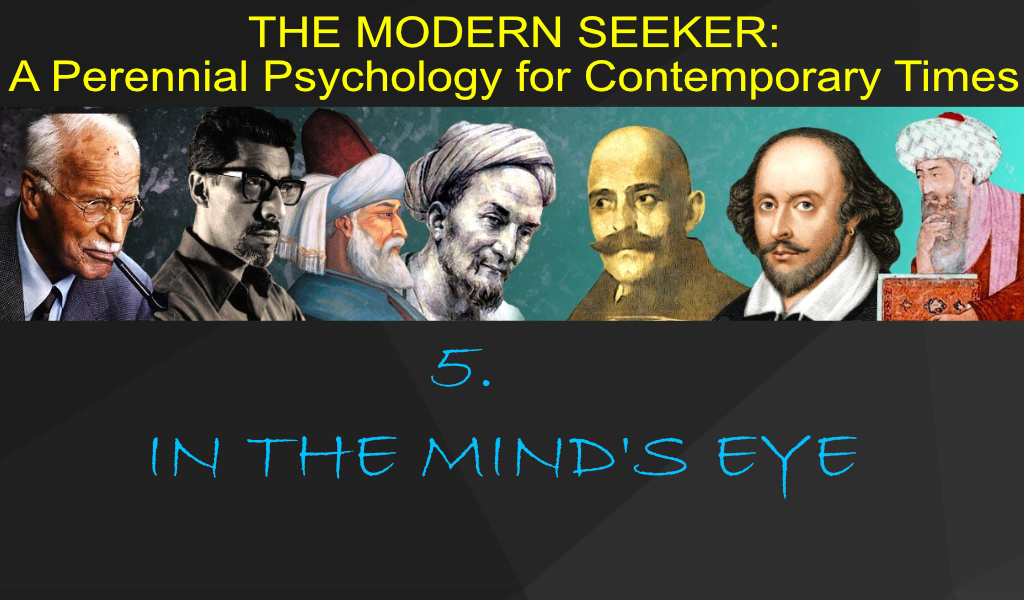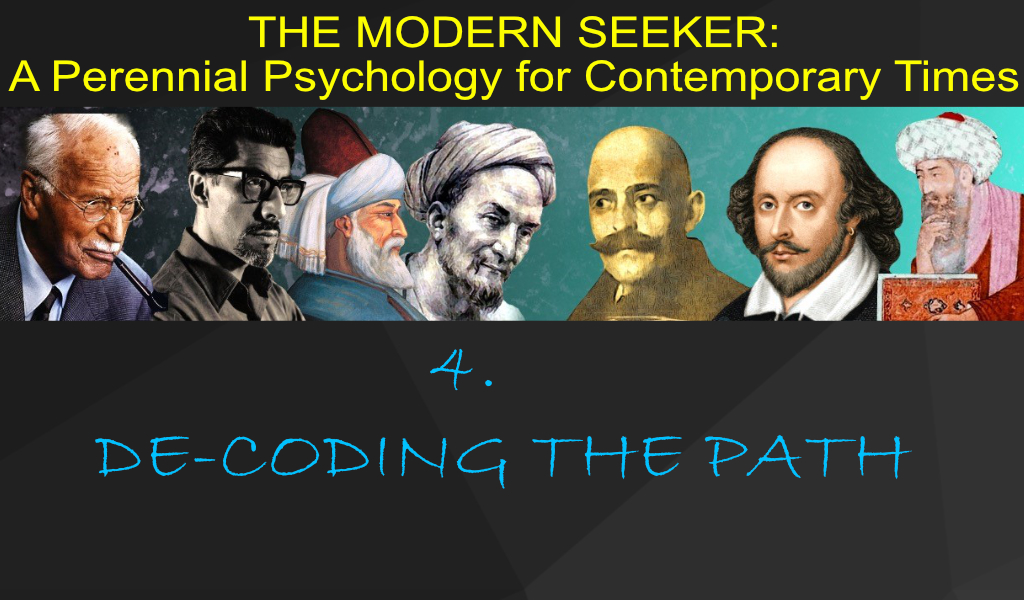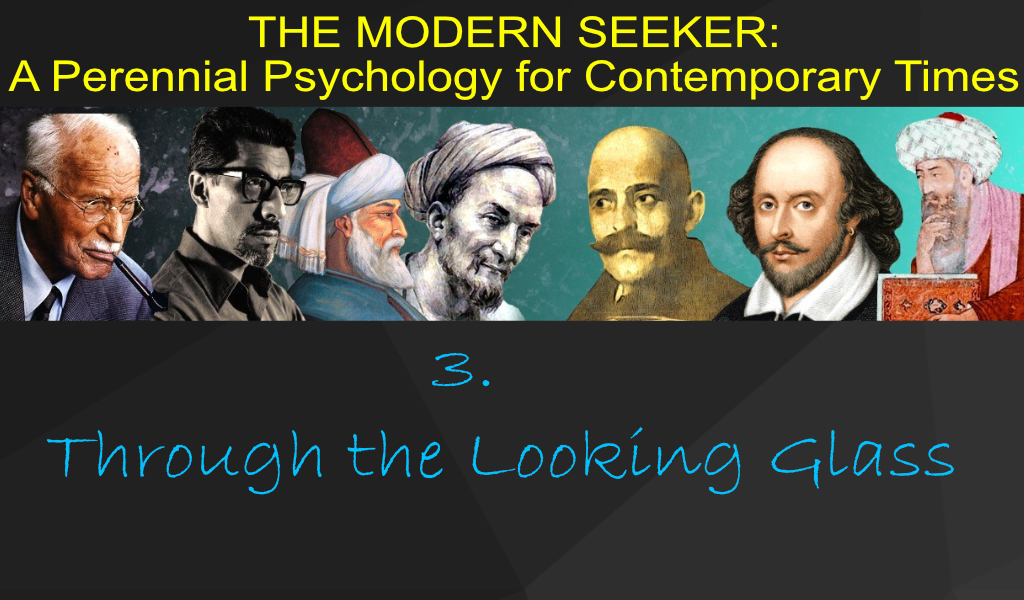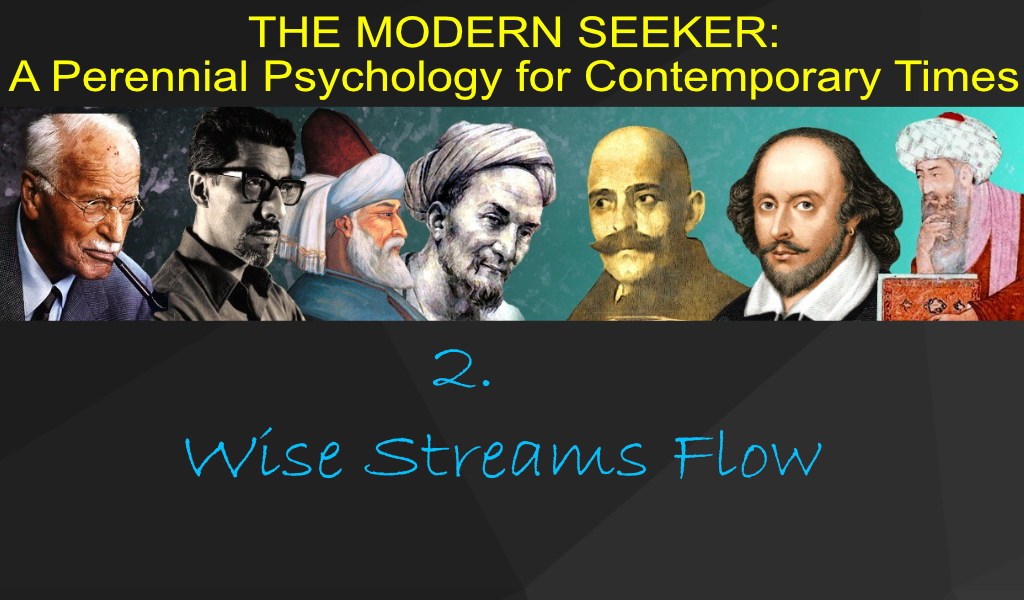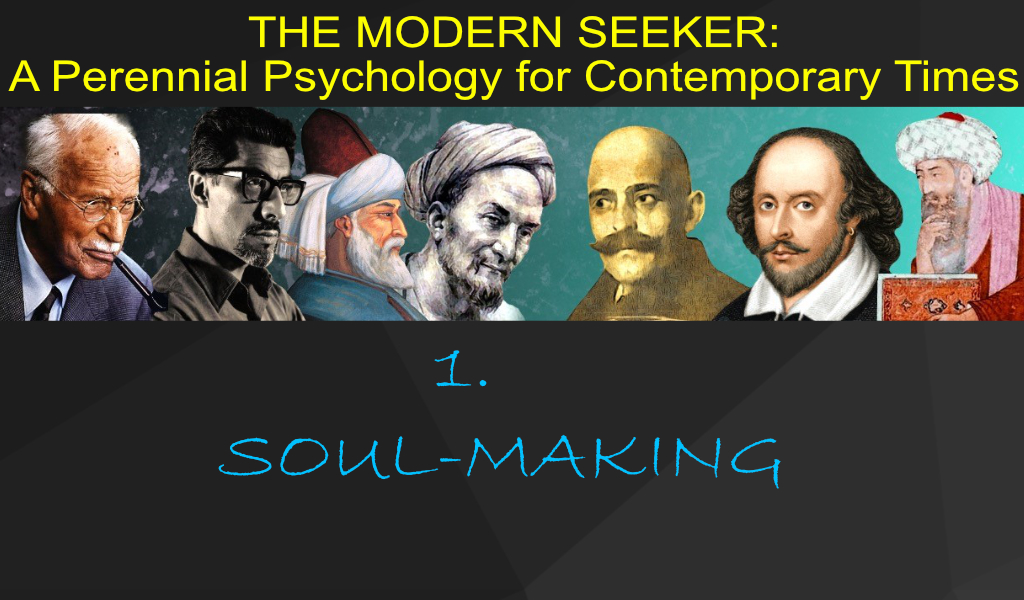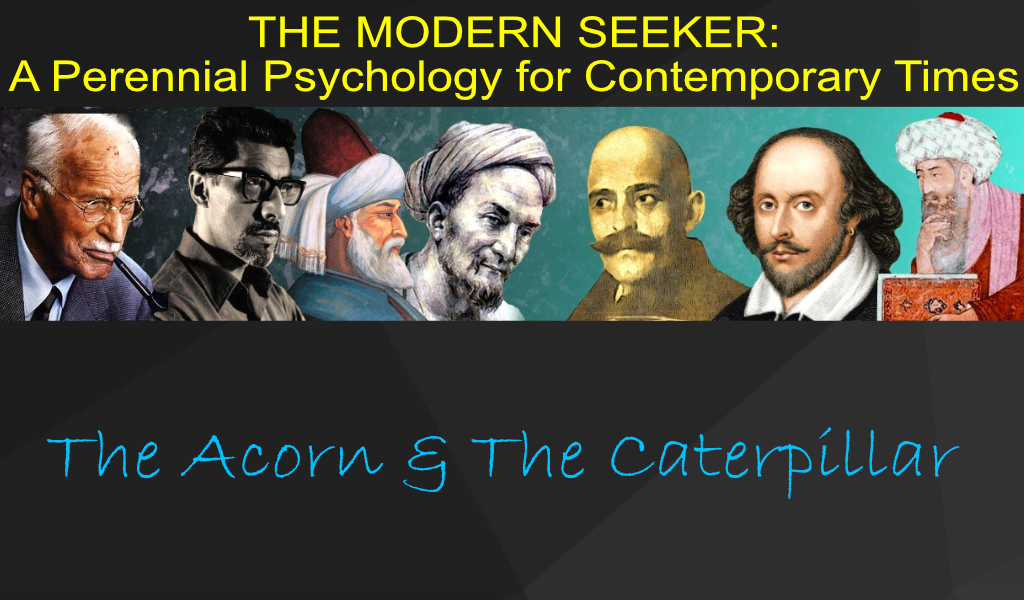Much of what contemporary societies take to be ‘spirituality’ – rituals, talismans, practices, etc – have either been imported from elsewhere, appropriated from earlier forms, or become atrophied, frozen into symbol and peddled as emotional stimuli. Does this sound harsh?
Well, what is often the case is that many once-legitimate spiritual practices have lost their functionality as they have been removed from their original context. When such precise tools are used in a haphazard way they are in danger of becoming incantations at best, or worse as conditioners. When such symbols of ‘higher learning’ become atrophied – meaning they are no longer adapted to the culture, the time, and the people – they often incite a ‘Pavlovian’ dog response from the part of the practioners. It is a situation of emotional stimuli creating a wishful and often gratifying automatic reply. Such tools that perhaps once had a very precise function within a specific time and context are easily transferred into fetish totems.
People with a genuine wish to find a path of inner development can find themselves vulnerable to such unconscious, or deliberate, mechanisms. When under deliberate manipulation these emotional icons can lead people into feelings of contentment, maybe even ego-based satisfaction, yet they are not the basis for any real learning.
Spirituality involves the correct employment of precise procedures at specific stages. It is not about excitement; rather, it involves having the right knowledge and information to know what is needed. It is not a road of wishes, but a path of needs and capacity.
Often what we see as cultural forms of ‘spirituality’ are little other than conditioning techniques. It may be a case that the original impulse has outlived its context and usefulness; or applies to another culture in which it was projected; or that the representatives of it have chosen to ‘mix-n-match’ various techniques to form something which is appealing and ‘holistic’. In all these ways, the real inner function of the teaching has been lost.
Spirituality has become its own marketplace in the modern world; much like the Pardoners of old would sell forgiveness of sins for a price. The responsibility rests with the individual to have a focused and attentive interior filtering mechanism. Are we searching for emotional stimuli and satisfaction? Are we unconsciously wanting to find a community to replace a lack in our social lives? Or do we truly need a precise, functioning process of inner development?
The blind imitation of practices that are often sold to us as spiritual techniques may seem harmless. Yet the misdirection of our needs, and the denial or proper nourishment, can leave a person not only vulnerable to exploitation but also starving of correct nourishment. As it is said:
‘The bird which knows not of sweet water has his beak in salt water all the year’
We are living in times where there is both a great deal of empowering energy and awareness exploding, stimulating people to re-evaluate their purpose, direction, and sense of self. At the same time, for many of us, we are living in social environments that are eclectic, consumerist, commercial, and offering exorbitant choice in the belief that more is good. This encourages some people to take, experiment, taste, and dabble with a rag-bag bunch of spiritual goodies in the hope that the resulting fusion will ‘do some good’. This, it seems, is a rather complex way for something which begins simply – with the self.
Society offers the entire stimulus we need; there is no need for us to seek out more. Likewise, it is not necessary that we retreat to a cave in order to escape this sensory overload. Any true spiritual endeavour has to be in harmony with one’s life. If there is friction, and incompatibility with a normal, balanced life, then we must ask serious questions about the ‘spirituality’ we are following. There should not be an ‘either/or’ issue surrounding one’s inner development. To work on oneself entails that we also work in life. This is the only way to form a balanced, harmonious, integrated self.
There is a story which tells of a spiritual seeker who after some time comes upon a spiritual master that she feels is genuine and whom she wishes to learn from. The seeker asks the master if he will accept her as a pupil.
‘Why do you seek a spiritual path?’ asks the teacher.
‘Because I wish to be a generous and virtuous person; I wish to be balanced, mindful, caring, and to be in service for humanity. This is my goal’ said the seeker.
‘Well’, replied the teacher, ‘these are not goals on the spiritual path; these are the very basics of being human which we need before we even begin to learn’.
Modern society is an ‘on-demand’ life where we are used to receiving that which we request – a demand-supply conditioning. Because of this we are often at the mercy of the conveyor belt of spiritual-supply. Yet the first steps should begin with a person having a dialogue with themselves. We sense a lot of the answers; we have very refined filters within us that can, if we activate them, filter out much of the rubbish that comes our way. Then we need information. What is an active, correct projection of inner transformation in my culture at this current time? We don’t need to learn Sanskrit to make contact with an active path of development. We only need to lose our conditioning for emotional stimulation, attachment to archaic yet appealing rituals, and our fetishism for talismans and exotic objects. Obsessive tendencies for the garb of ‘something higher’ are little other than fixation of greed and a form of lower-level indoctrination.
We would do well to consider that the ‘spiritual’, as we have come to call it, is none other than necessary human nutrition, a daily requirement for living. Yet like eating and breathing, it has to be correctly integrated into our lives without making a song and dance about it. And, of course, not forgetting that,
‘If you insist on buying poor food, you must be prepared to dislike it at the serving’


